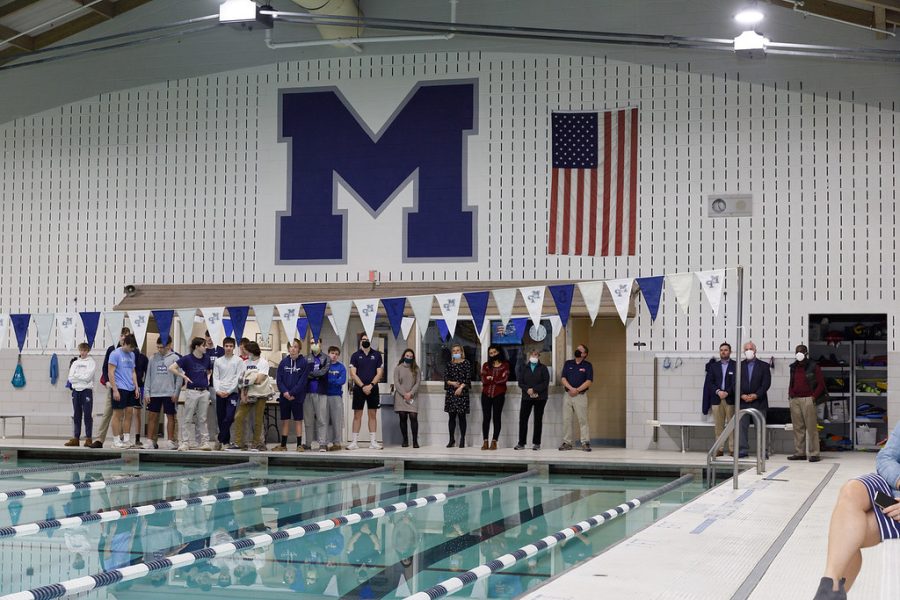A recent post by Lenovo on Matt Lanetti:
http://blog.lenovo.com/products/an-old-thinkpad-creates-a-lifelong-fan
Matt’s unboxing of his new Lenovo ThinkPad X1 Carbon:
http://www.youtube.com/watch?v=83Mv0CKO2_s
By Matthew Lanetti
Your Lenovo Insider, Correspondent, and Evangelist.
From a tablet PC in 1992, to the world’s thinnest fourteen-inch ultrabook, forged from carbon fiber in 2012, one brand has been the face of innovation for twenty years. Have you ever typed on a laptop with a transforming keyboard? Can you imagine a laptop with two screens? Ever wish your laptop had a built in printer? Can your laptop’s screen bend back 180 degrees? Does your laptop have a second hard drive? Are you able to spill your morning cup of coffee over your keyboard and know your laptop won’t even shut off? Have you ever dropped your PC down the stairs and watched in amazement as a titanium, carbon fiber, or magnesium internal roll cage prevent any damage?

Originally created and owned by IBM, the ThinkPad line of laptops is one of the oldest in the industry. The think in ThinkPad comes from IBM’s famous founder Thomas J. Watson (whom the new supercomputer “Watson” is named after) who believed that all the world’s problems could be solved if everyone would only THINK. He required that every office in the company has that word written on the wall, and that every employee carry around a leather bound notebook with THINK stamped on the front. This might surprise some, but the reason for the pad in ThinkPad is similar to that of the iPad. The first ThinkPad was a tablet. Created in 1992, it was one of the first of its kind. The original concept design was collaboration between several well-known industrial designers. This included Richard Sapper, who happened to design the same chairs you sit on every day in Stewart Hall. Sapper was the one who suggested that the ThinkPad be modeled after a traditional Japanese black lunch box called a Bento. A Bento is simple and square on the outside, but when opened reveals the decorative red inside, filled with food.

ThinkPad was owned and manufactured by IBM up until 2005, at which point they sold the PC line to Lenovo. At the time, Lenovo was a much smaller company that hardly ever operated outside of China. Lenovo’s name in Latin means New Legend, while its Chinese name means “connective thinking”. The purchase of the laptop line from IBM was met with great disapproval from many customers. They feared that ThinkPad would simply become like other brands. In the past several years, Lenovo has pulled something of a “Cinderella story” and has risen to have the 2nd highest market share for computers in the world, right behind HP. In that time, Lenovo has adopted “For those who do” or simply “DO” as their slogan.
ThinkPads have long been considered to be the most durable consumer-laptops ever made. They are still the only computer brand certified for use by NASA and the International Space Station, and as of 2011 there were over 100 ThinkPads aboard the Space Station (that was the last time anyone bothered to count). Next time you see a video taken in space, just try to count the ThinkPads. Lenovo is famous for it’s roll-cage technology featured in nearly every model. Similar to that of a car, the roll-cage is a rigid structure inside the laptop that prevents flex. They have been made of titanium, magnesium, and carbon fiber. The designers of the brand create what they call “torture tests” where individual laptops are put in extreme conditions to test their durability. These include water, extreme cold, extreme heat, dust, vibration, free-fall, tilt drop, LCD stress, and many more. If a ThinkPad does not pass these tests, it does not go to market. ThinkPad durability has long been considered the standard for notebooks.
Durability as well as innovative design are key features of a ThinkPad. ThinkPad has pioneered many technologies that are commonplace in our modern world. They were the first laptop to have an integrated keyboard light, integrated fingerprint reader, CD-ROM, DVD-ROM, and a hard drive protection system; all of which are practically standard in notebooks now. IBM and Lenovo have also created some of the wildest laptops: from giant beasts with two screens, three hard drives, and a digitizer tablet built into the palm rest, to tiny 4.7 inch portables, no bigger than your cell phone. ThinkPad innovation knows no bounds. In 1993 the first laptop with a built in printer was created, a ThinkPad of course. In the same year IBM released a model with an UltraBay, a slot on the side of the laptop where the user can insert their choice of many standard or optional features, such as a second battery, another hard drive, CD/DVD/Blu-ray drive, a number pad for their keyboard, and many more. For nearly 20 years now the UltraBay has been standard on ThinkPads, and Lenovo still manufactures different accessories for it.
ThinkPad has had a very diverse history of designers. John Karidis was the creator of the famous “Butterfly Keyboard” featured in the 701c. The 701c needed to be small and portable, but IBM didn’t want to make a tiny, hard to use keyboard like all the competition had. To keep the computer small, but the keyboard big, Karidis made a transforming keyboard. As the 701c was opened, the keyboard parted and grew into full size. The Museum of Modern Art has a permanent exhibit of the 701c, and James Bond can be seen using it in GoldenEye as well as journalist Maddy Bowen in Blood Diamond.

Hiroki Hirano, lead creator of the new X1 Carbon, the world’s thinnest and lightest 14 inch laptop, works for Lenovo designing ThinkPads at Yomato Labs in Japan along with Naoki Mori and Takayuki Morino who also worked on the X1 Carbon. Through the years ThinkPad has had many designers, but by far the most significant is David Hill. Since 1995 David Hill has led and managed ThinkPad’s design. It was David Hill who implemented the design evolution strategy when at IBM and now at Lenovo. The design evolution strategy decides what the next model ThinkPad in a series will be. Other computer companies will create a separate design for every few models, hoping that a newer design will be better. The way David Hill does it, the new model is based directly off improvements on the previous model. This way, ThinkPad continues to get better over time. It is the belief among ThinkPad fans that the basic concept of ThinkPad is near perfect, and that a new design is not needed. David Hill also invented the ThinkLight, the world’s first keyboard light.
Although famous for their extreme durability, use in space, timeless design, and overall legacy, ThinkPad has been truly immortalized by their loyal fanbase. They say that to truly understand ThinkPad, one has to own and use one. Well how about 50? Some fans, such as Jin Li from Melbourne Australia, collect ThinkPads. “ThinkPad is more than just a laptop, it instills passion, ideas, and culture into its users. There are not many laptop brands on the market that can make a similar claim,” says Jin. Jin owns around 50 ThinkPads and countless other ThinkPad branded products, and is relatively famous around ThinkFans. Collectors like Jin view each model as a piece of art in a great legacy. Once one owns several ThinkPads, you can really see the development and evolution of the design. When I asked Jin if he had anything to say about the 20th anniversary, he replied: “I would like to say happy 20th birthday to the ThinkPad brand, the laptop that helped mankind push forward the frontier of our knowledge and possibility. I think the next 20 years would be even more amazing, and I truly enjoy the time I spent with you on my journey of discovery and learning.” Most ThinkPad users don’t have as many as Jin, but all are just as passionate about the brand. Eli Turner, like me, owns 4 ThinkPads. I asked him what he thought about ThinkPad’s 20th birthday: “I’m amazed about all the accomplishments that ThinkPad has made over the last 20 years. No other computer brand has achieved as much as ThinkPad has, and none is iconic as them. The brand has built an emotional connection with people, which is something that you don’t see with other brands and is indeed a rare occurrence.”
Jin Li once said, “The beauty of ThinkPad is not always easily expressed by words alone, at least not without having to write a book about it.” The Race for Perfect, by Steve Hamm tells the story of the design and development of one the most famous ThinkPads, the X300. Built thin and light like no other at the time, the X300 was destined for the top, when the unthinkable happened. The new ThinkPad collided with Apple’s then-new MacBook Air, which had an identical design concept. The creators of the X300 dreamed for perfection, and still do. The new X1 Carbon is the successor to the X300. ThinkPad: A Different Shade of Blue by Deborah A. Dell tells the story of the creation and implementation of the ThinkPad brand, and just how it became so successful.
My grandfather used to work for IBM, and he would often say, “There are only 2 kinds of computers, IBMs and Apples.” I think that if he was alive today he might just add Lenovo to that. David Hill did a blog post on the 20th anniversary in which he stated, “Every time we pass one of these milestones it makes me realize just how much black paint I have beneath my fingernails, and how significant ThinkPad has become.” ThinkPad’s design may be as old as the industry itself, but its legacy is still young. I am sure that the 20th anniversary will certainly not be the last milestone ThinkPad has.






